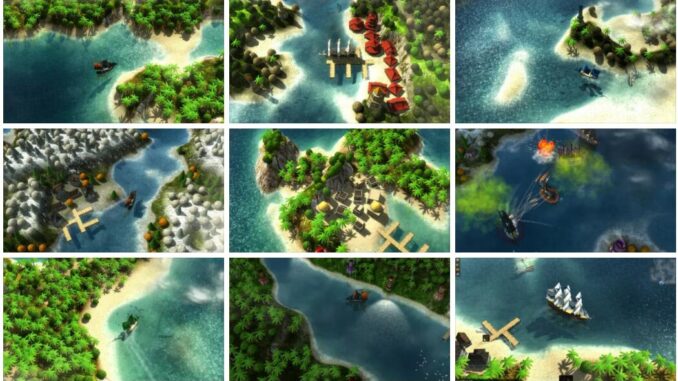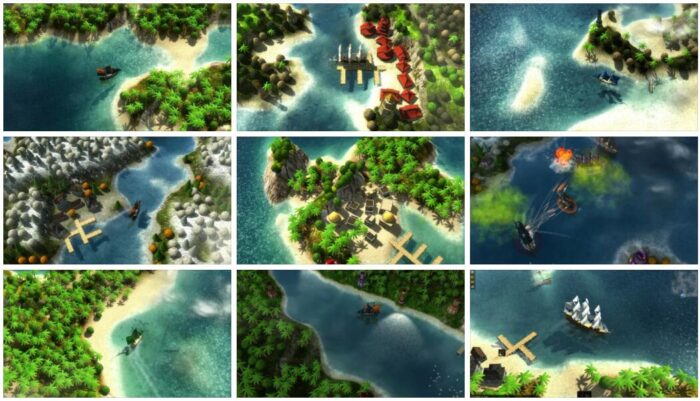
The first thing we have to do is expose the etymological origin of the word windward. Specifically, we can determine that it is the result of the sum of two clearly delimited components:
-The word “barloa”, which derives from the French “par lof” which means “for the wind”. It is the word that was used to refer to a thick cable that is used to hold a ship to the corresponding dock.
-The ending “-vento”, for its part, comes from the Latin “ventus”, which can be translated as “wind”.
The idea of windward refers to the place where the wind comes from. It is the opposite concept to the idea of leeward: the sector opposite to that from which the wind comes, taking as a reference a specific point.
In this way, the phrase “windward” refers to facing the wind, while “leeward” means having your back to the gusts. Said in a simplified way, windward is the place where the wind comes from and leeward is the area to which it goes.
The sailors pay special attention to windward and leeward due to the importance of winds in navigation. Knowing the windward is essential to know how a boat will advance in the water. In other areas, such as geography and hunting, windward is also studied.
Suppose that at point X the wind blows from east to west. On a ship located at that point, the windward will be in the east, while the leeward will be in the west.
The Predators, when stalk their prey, always put to windward. This means that the wind blows them in the face. Thus they prevent their body odor from reaching the prey, giving them away. So do hunters.
In geography, windward is called the side of a mountain to which the moisture- laden winds come from the sea. The clouds, when they meet the mountain, rise, cool down and end up discharging the precipitation on the windward slope. This phenomenon is called orographic rain.
We cannot overlook that Barlovento is also the name that various corners of the world have. This would be the case, for example, of a municipality on La Palma, belonging to the Canary Islands. It has about 1,900 inhabitants and is about 550 meters above sea level. To all this we must add that it is an interesting corner that is worth visiting.
Specifically, it gives its visitors the opportunity to admire from volcanic cones to the famous natural pools of La Fajana passing through the La Laguna de Barlovento reservoir. All this without forgetting relevant buildings such as the Church of Our Lady of the Rosary, dating from the 16th century.
In the same way, we can underline the existence of a group of islands located in Cape Verde called Barlovento. Specifically, there are six islands that make up this group: Sao Vicente, Sao Nicolau, Boavista, Santo Antao, Santa Luzia and Sal.
